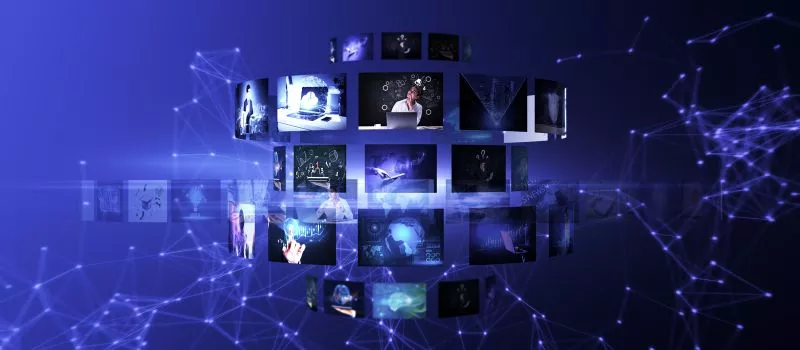
Breakthroughs in science and technology are spurring an unprecedented structural transformation of the global economy that has become known as the ‘Fourth Industrial Revolution’.
Information and communication technologies (ICTs) are a key part of this revolution, connecting the physical, virtual and biological spheres to dramatically change the way we work and live.
Just as was the case in the First, Second and Third revolutions, inclusive standardization processes will play a key role in ensuring that the benefits of the Fourth Industrial Revolution are realized on a global scale.
The celebration of World Standards Day 2018 highlights the collaboration necessary to a globally inclusive Fourth Industrial Revolution.
World Standards Day is celebrated each year on 14 October to pay tribute to the thousands of experts worldwide that collaborate within IEC, ISO and ITU to develop the voluntary international standards that provide common platforms for growth and innovation.
How ITU contributes to the revolution
ITU is coordinating the international standardization of IMT-2020 (5G) systems, supporting the emergence of a 5G environment where all end-users will enjoy highly reliable communications and where trusted ICTs will be core to innovation in every industry sector.
ITU develops international standards for the Internet of Things and Smart Sustainable Cities and offers a neutral platform to debate policy directions capable of stimulating the transition to smart, sustainable urban environments.
The AI for Good Global Summit is the leading United Nations platform for dialogue on AI. The 2018 summit gave rise to 35 new AI projects to advance sustainable development. It was also influential in calling for a new Focus Group on AI for Health, a group supported by strong collaboration between ITU and WHO.
ITU standards for Intelligent Transport Systems are assisting connected vehicles and automated driving in fulfilling their potential to improve road safety and personal mobility, and decrease congestion and emissions.

